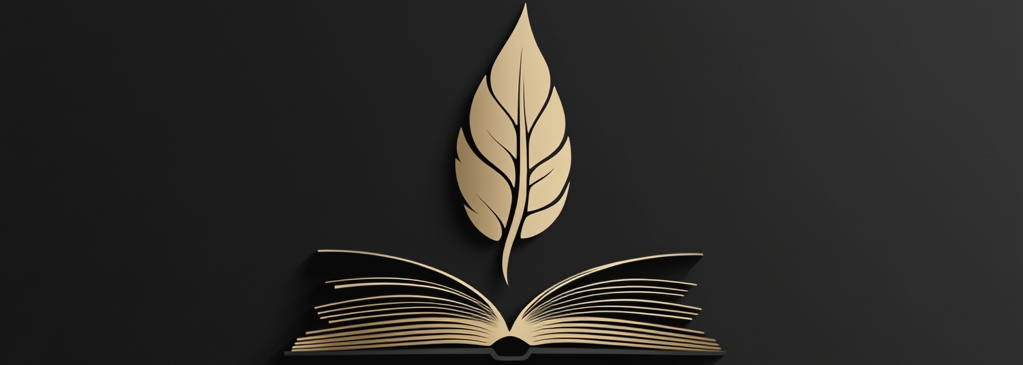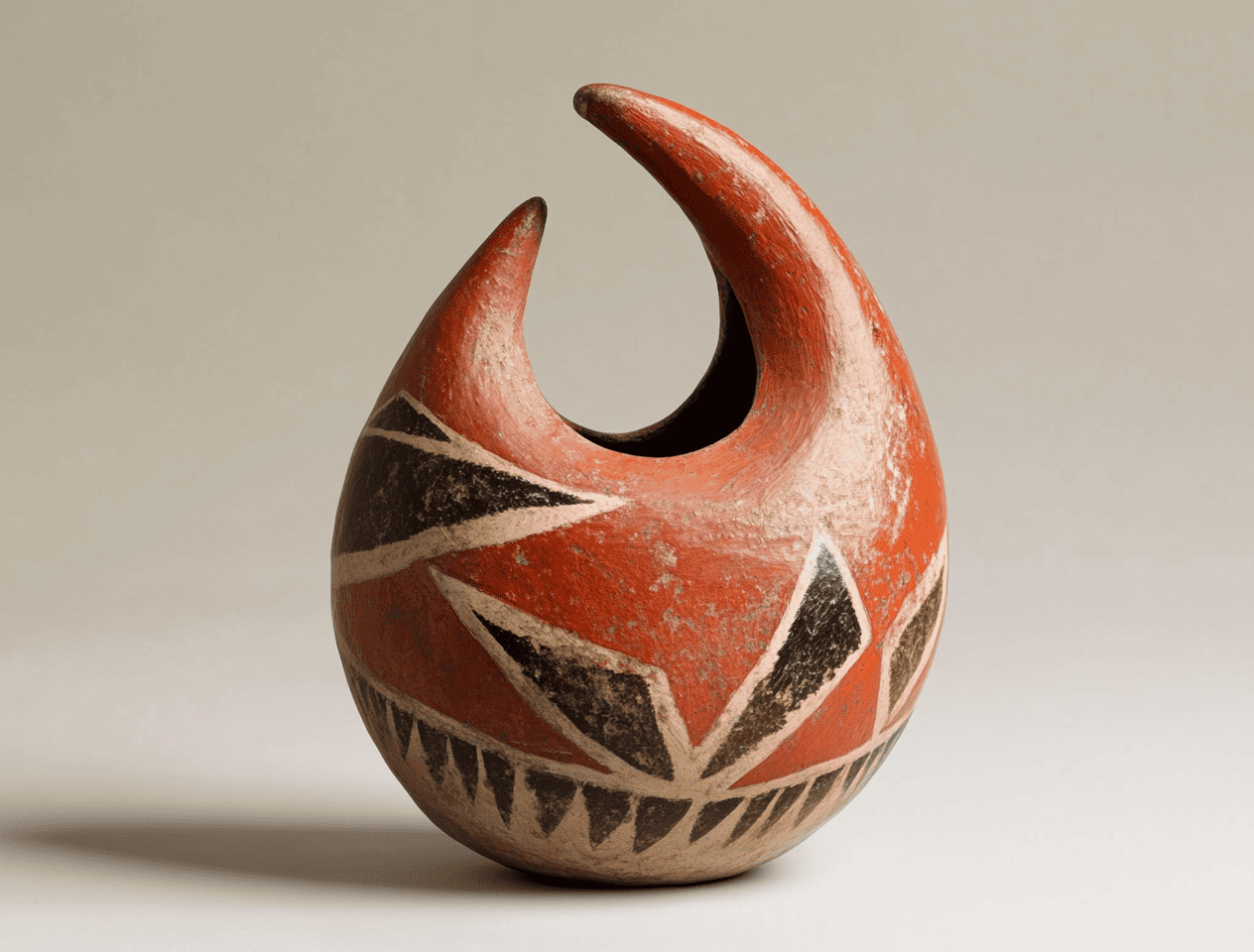The Sacred Tradition of the Indigenous Wedding Vase
Across many Indigenous cultures, ceremonial objects hold deep significance, reinforcing traditions, values, and community ties. One particularly meaningful artifact is the Indigenous wedding vase, a beautifully crafted vessel used in traditional marriage ceremonies to symbolize unity, balance, and lifelong commitment.
This Indigenous wedding vase ceremony is more than just a ritual—it is a powerful representation of two individuals coming together as one, supported by their families and community. From its intricate craftsmanship to the symbolic drinking ritual, every aspect of the wedding vase holds profound meaning.
The History and Symbolism of the Indigenous Wedding Vase
The wedding vase tradition has been practiced for generations, particularly among Native American tribes. Each wedding vase is carefully handcrafted by a skilled artisan, following a process that reflects cultural reverence and artistic mastery.
The Indigenous wedding vase features two spouts, symbolizing the separate lives of the bride and groom before marriage. A single handle connects them, representing the bond they will share as they navigate life together. This design reflects the idea of unity and partnership—two paths merging into one.
The exterior of the vase is often adorned with symbolic patterns, including elements of nature such as earth, sky, water, or animal motifs. These decorations are not merely ornamental but carry blessings for a prosperous and harmonious life together.
The Wedding Vase Ceremony: A Ritual of Unity
The Indigenous wedding vase ceremony is one of the most significant moments in a traditional wedding. During the ritual, the vase is filled with a sacred liquid—sometimes water to symbolize purity and renewal, or a herbal infusion with special spiritual significance.
The couple stands together, each holding the vase and drinking from one of the two spouts at the same time. This act requires coordination and trust, reflecting their ability to work together as they build their future. Successfully drinking without spilling is considered a good omen, symbolizing harmony, cooperation, and balance in their marriage.
Beyond the physical act, the wedding vase tradition serves as a reminder of the importance of mutual respect and shared responsibility. It emphasizes the idea that a strong relationship is built on support and understanding.
The Lasting Significance of the Indigenous Wedding Vase
After the ceremony, the Indigenous wedding vase remains a treasured keepsake, often displayed in the couple’s home as a reminder of their vows. In many traditions, the vase is passed down through generations, carrying the blessings, stories, and legacy of those who came before.
Even in modern times, as wedding customs evolve, the wedding vase tradition continues to be an important part of Indigenous cultural heritage. It serves as a powerful connection to the past while reinforcing timeless values of love, unity, and family.
Conclusion
The Indigenous wedding vase ceremony is a deeply symbolic tradition that embodies unity, commitment, and cultural heritage. From its careful craftsmanship to its meaningful ritual, the wedding vase remains a testament to the enduring power of love and community.
By preserving and honoring this tradition, Indigenous communities continue to celebrate their rich history while passing down meaningful values to future generations. Whether used in a traditional ceremony or kept as a family heirloom, the Indigenous wedding vase represents a profound and lasting bond that transcends time.

